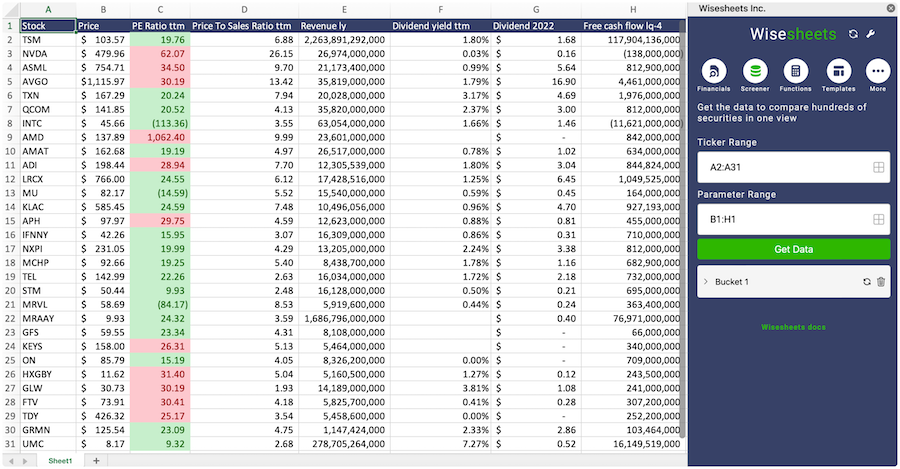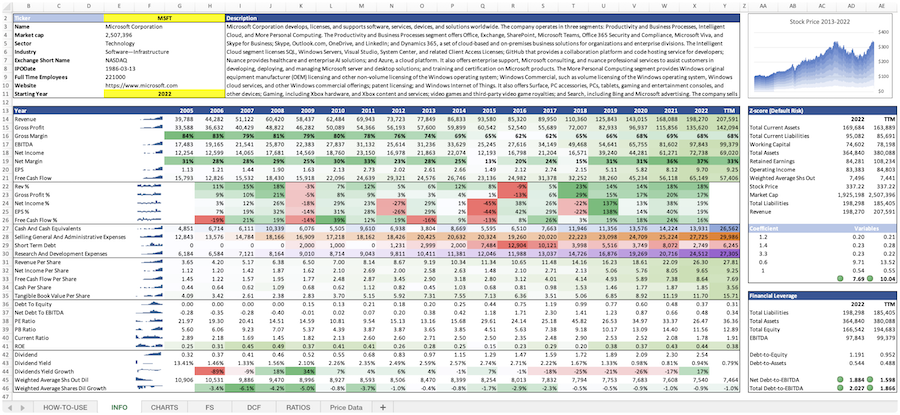PT Bank of India Indonesia Tbk
BSWD.JK
Price:
$820
Market Cap:
$3.02T
PT Bank of India Indonesia Tbk provides commercial banking products and services to private and corporate customers in Jakarta, Surabaya, Bandung, Medan, Bali, and Makassar, Indonesia. It offers various products and services, such as individual and corporate current accounts, savings accounts, time deposits, and deposits with a guarantee; installment, house ownership, vehicle, investment/working capital, consumption, demand/fixed, SME, corporate, and export/import financing, as well as overdraft facilities, letters of credit, bank guarantees, and credit lines for forex cover; and inward and outward remittance, ATM, and SMS banking services. The company also provides foreign currency transact...[Read more]
Industry
Banks - Regional
IPO Date
2002-05-02
Stock Exchange
JKT
Ticker
BSWD.JK
PE Ratio
[82.00]
ROE
[2.23%]
Current Ratio
[0.19]
Dividend Yield
[0%]
Enterprise Value
[2.42T]
Dividend History
The PE Ratio as of December 2025 (TTM) for PT Bank of India Indonesia Tbk (BSWD.JK) is 82.00
According to PT Bank of India Indonesia Tbk’s latest financial reports and current stock price. The company's current PE Ratio is 82.00. This represents a change of -25.21% compared to the average of 109.64 of the last 4 quarters.
PT Bank of India Indonesia Tbk (BSWD.JK) Historical PE Ratio (quarterly & annually)
How has BSWD.JK PE Ratio performed in the past?
The mean historical PE Ratio of PT Bank of India Indonesia Tbk over the last ten years is 69.90. The current 82.00 PE Ratio has changed 11.63% with respect to the historical average. Over the past ten years (40 quarters), BSWD.JK's PE Ratio was at its highest in in the September 2020 quarter at 1.09K. The PE Ratio was at its lowest in in the June 2017 quarter at -165.67.
Average
69.90
Median
43.91
Minimum
-82.67
Maximum
362.53
PT Bank of India Indonesia Tbk (BSWD.JK) PE Ratio by Quarter and Year
Discovering the peaks and valleys of PT Bank of India Indonesia Tbk PE Ratio, unveiling quarterly and yearly fluctuations to gain insights into the company’s financial performance and market dynamics, offering valuable data for investors and analysts alike.
Maximum Annual Increase = 200.95%
Maximum Annual PE Ratio = 362.53
Minimum Annual Increase = -2033.24%
Minimum Annual PE Ratio = -82.67
| Year | PE Ratio | Change |
|---|---|---|
| 2024 | 126.00 | 33.97% |
| 2023 | 94.05 | -52.50% |
| 2022 | 197.99 | -458.87% |
| 2021 | -55.17 | 60.23% |
| 2020 | -34.43 | -129.76% |
| 2019 | 115.72 | -68.08% |
| 2018 | 362.53 | -2033.24% |
| 2017 | -18.75 | 200.95% |
| 2016 | -6.23 | -92.46% |
| 2015 | -82.67 | -725.03% |
PT Bank of India Indonesia Tbk (BSWD.JK) Average PE Ratio
How has BSWD.JK PE Ratio performed in the past?
The current PE Ratio of PT Bank of India Indonesia Tbk (BSWD.JK) is less than than its 3-year, greater than its 5-year, and greater than its 10-year historical averages
3-year avg
139.35
5-year avg
65.69
10-year avg
69.90
PT Bank of India Indonesia Tbk (BSWD.JK) PE Ratio vs. Peers
How is BSWD.JK’s PE Ratio compared to its peers?
PT Bank of India Indonesia Tbk’s PE Ratio is greater than PT Bank Nationalnobu Tbk (8.33), greater than PT Bank Amar Indonesia Tbk (17.61), greater than PT Bank IBK Indonesia Tbk (18.57), greater than PT Bank Woori Saudara Indonesia 1906 Tbk (53.88), greater than PT Bank Artha Graha Internasional Tbk (36.89), greater than PT Bank Capital Indonesia Tbk (38.82), greater than PT Victoria Investama Tbk (7.04), greater than PT Bank Ganesha Tbk (11.63), greater than PT Asuransi Tugu Pratama Indonesia Tbk (5.23), greater than PT Bank Multiarta Sentosa Tbk (21.72),
| Company | PE Ratio | Market cap |
|---|---|---|
| 8.33 | $3.85T | |
| 17.61 | $4.18T | |
| 18.57 | $3.83T | |
| 53.88 | $4.14T | |
| 36.89 | $2.99T | |
| 38.82 | $3.55T | |
| 7.04 | $4.33T | |
| 11.63 | $2.80T | |
| 5.23 | $3.89T | |
| 21.72 | $4.61T |
Build a custom stock screener for PT Bank of India Indonesia Tbk (BSWD.JK) and other stocks
One of the best ways to find valuable stocks to invest in is to build a custom made screener in your Excel or Google Sheets spreadsheet. This allows you to compare thousands of companies like PT Bank of India Indonesia Tbk using the financials and key metrics that matter to you in a single view.
The easiest way to set this up is to use the Wisesheets add-on and set your spreadsheet like this:
Covering all these metrics from financial, data, dividend data, key metrics and more you can get all the data you want for over 50+ exchanges worldwide.
Get your free trial here.
PT Bank of India Indonesia Tbk (BSWD.JK) and other stocks custom spreadsheet templates
The easiest way to analyze a company like PT Bank of India Indonesia Tbk or any others is to create a spreadsheet model that automatically retrieves all of the stock data you need.
Using Wisesheets you can set up a spreadsheet model like this with simple spreadsheet formulas. If you change the ticker you can get all of the data automatically updated for you.
Whether you need live data, historical price data, financials, dividend data, key metrics, analyst estimates, or anything else...Wisesheets has you covered.
Frequently asked questions❓
What is the PE Ratio?
How can you use the PE Ratio?
What is PT Bank of India Indonesia Tbk's PE Ratio?
How is the PE Ratio calculated for PT Bank of India Indonesia Tbk (BSWD.JK)?
What is the highest PE Ratio for PT Bank of India Indonesia Tbk (BSWD.JK)?
What is the 3-year average PE Ratio for PT Bank of India Indonesia Tbk (BSWD.JK)?
What is the 5-year average PE Ratio for PT Bank of India Indonesia Tbk (BSWD.JK)?
How does the current PE Ratio for PT Bank of India Indonesia Tbk (BSWD.JK) compare to its historical average?

